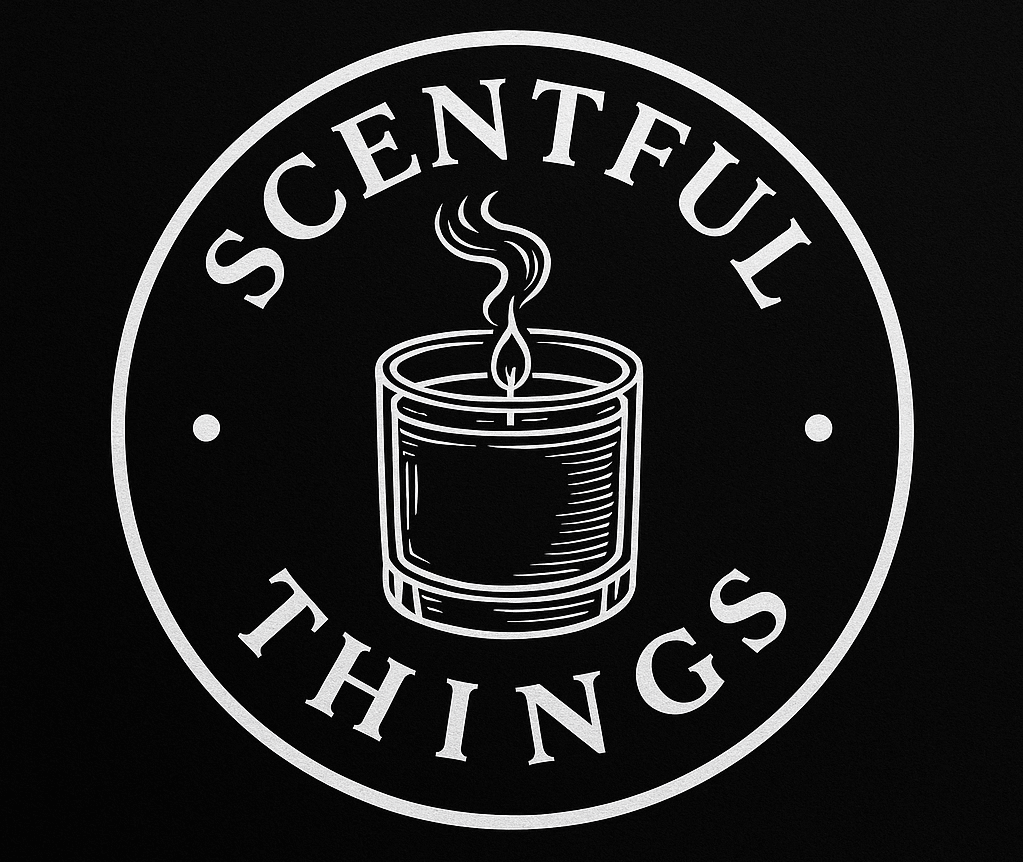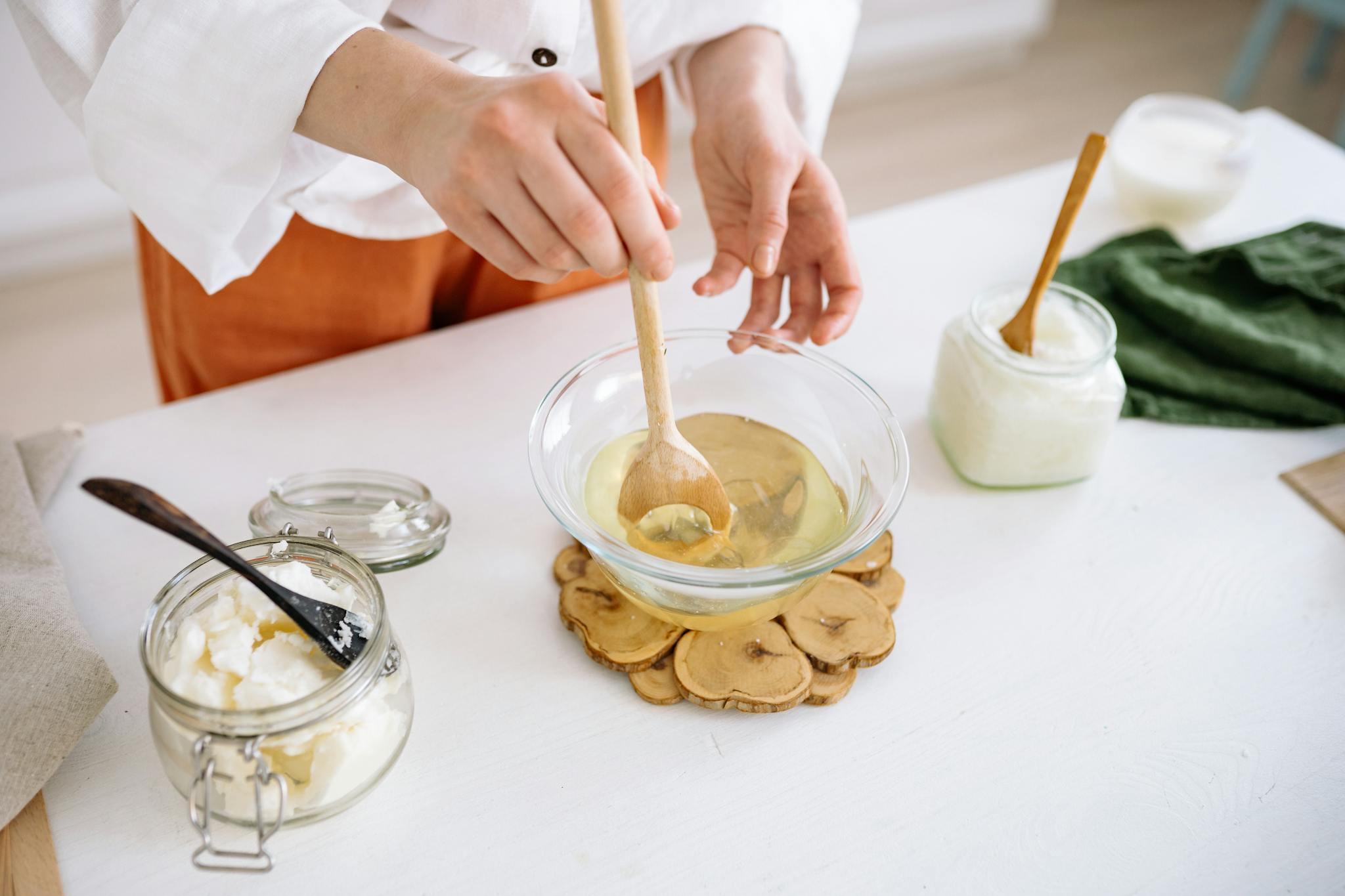Captivating Scentful Facts: Aroma World
Scentful Facts
Dive into "Scentful Facts" and discover fascinating, insightful information about the world of aromatherapy.
Aromatherapy is more than just fragrance—it’s the art and science of using natural plant essences to enhance well-being, create mood, and even support physical health. From uplifting citrus oils to grounding resins, from the glow of a hand-poured candle to the mist of an essential oil diffuser, scent touches nearly every aspect of our daily lives.
In this article, we’ll explore powerful facts about essential oils, candle-making, and aromatherapy practices. These insights not only reveal the beauty of scent but also show you practical ways to bring balance, comfort, and joy into your home.
1. Peppermint Essential Oil: Nature’s Cooling Comfort
Peppermint essential oil carries an unmistakable crispness—sharp, minty, and invigorating. But its benefits extend beyond scent. Applied (properly diluted) to the temples and neck, peppermint can help relieve tension headaches. The menthol in peppermint provides a cooling sensation that eases muscle tightness while also boosting circulation.
How to use:
- Mix 1 drop peppermint oil with 1 teaspoon carrier oil (such as jojoba or sweet almond) and massage gently into the temples.
- Diffuse during study sessions for mental clarity and alertness.
Scent pairing tip: Peppermint blends beautifully with lemon for focus or lavender for relaxation.
2. Essential Oils as Natural Cleaning Allies
Essential oils aren’t just for relaxation—they’re powerhouses in eco-friendly cleaning. Lemon, eucalyptus, and tea tree oils are especially known for their antimicrobial properties, making them ideal for DIY cleaning sprays.
Simple recipe:
- 1 cup distilled water
- ½ cup white vinegar
- 10 drops lemon essential oil
- 5 drops tea tree essential oil
- Shake in a spray bottle and use on countertops, sinks, and other non-porous surfaces.
The result: Sparkling clean surfaces, free of harsh chemicals, with the bright scent of lemon and the crisp note of tea tree lingering in the air.
3. Grapefruit Essential Oil: Bright & Detoxifying
Cheerful and citrusy, grapefruit oil is often associated with energy and positivity. But beneath its lively scent lies a fascinating property: it can help stimulate the lymphatic system, which plays a role in detoxification.
Mood benefit: Its aroma uplifts spirits, reduces fatigue, and helps cut through mental fog.
Body benefit: Grapefruit oil is commonly added to massage blends to encourage circulation and reduce fluid retention.
Scent pairing tip: Try grapefruit with rosemary for a crisp, herbaceous blend that sharpens focus.
4. Aromatherapy for Meditation & Mindfulness
Scent anchors us to the present moment. When used in meditation, essential oils create an environment that supports focus, stillness, and inner calm.
Best oils for meditation:
- Frankincense – Deep, resinous, and spiritual, often used in temples and sacred rituals.
- Sandalwood – Woody, grounding, and ideal for quiet reflection.
- Lavender – Gentle, calming, and soothing to restless minds.
Tip: Add a drop to your palms, rub together, inhale deeply, then settle into meditation.
5. Tea Tree & Eucalyptus: Respiratory Support
For centuries, steam inhalation has been used to relieve congestion and support breathing. Adding a few drops of tea tree or eucalyptus oil can enhance this age-old remedy.
How to practice safely:
- Fill a bowl with hot water.
- Add 2 drops eucalyptus and 1 drop tea tree oil.
- Place a towel over your head and lean over the bowl, inhaling deeply for 5–10 minutes.
Tip: This method helps open airways, clear sinuses, and ease seasonal discomfort.
6. Black Pepper Essential Oil: Warming & Circulatory
When most people think of black pepper, they imagine the spice rack—but as an essential oil, it has hidden talents. Its warming nature makes it excellent for improving circulation and easing muscle stiffness.
Uses:
- Add to massage oils for post-exercise recovery.
- Blend with ginger and sweet orange for a warming, cozy aroma perfect in winter.
7. Candle Fact: The Wick Matters
When making candles, choosing the right wick size is crucial. A wick that’s too small results in “tunneling,” where the flame burns straight down the center and leaves wasted wax around the edges.
Tips for avoiding tunneling:
- Match wick size to container diameter.
- Allow the candle to burn until the wax pool reaches the edges during the first burn.
- Use wick testing kits when formulating new candles.
This small detail ensures that your candles burn evenly and last longer.
8. Lavender: The Sleep Scent
Few scents are as universally beloved as lavender. Known for its floral sweetness with a touch of herbal crispness, lavender essential oil is a proven ally for sleep. Studies show it can reduce insomnia and improve sleep quality.
How to use:
- Diffuse 30 minutes before bedtime.
- Add 2–3 drops to a warm bath.
- Make a linen spray with lavender hydrosol and a few drops of oil.
Pairing: Lavender blends seamlessly with bergamot, cedarwood, or clary sage for deeper relaxation.
9. Natural Deodorant with Essential Oils
Essential oils can replace synthetic fragrances in deodorants, offering a natural and effective alternative. Oils like tea tree (antimicrobial), lavender (soothing), and lemongrass (fresh) are commonly used.
DIY recipe:
- 3 tbsp coconut oil
- 2 tbsp arrowroot powder
- 2 tbsp baking soda
- 8–10 drops of your favorite essential oil blend
Mix and store in a small jar—apply as needed.
10. Bergamot: Sunshine for the Spirit
Bergamot essential oil has a citrusy brightness with a subtle floral sweetness. Its scent is often described as “sunshine in a bottle.”
Emotional benefits:
- Reduces symptoms of depression
- Helps ease anxiety
- Promotes gentle upliftment
Bergamot is also the citrus note in Earl Grey tea, making it both familiar and exotic.
Blend idea: Bergamot + Lavender + Ylang Ylang = A calming yet cheerful scent for stressful days.
11. Candle Fact: Enhancing Scent Throw
When making candles, scent throw is everything—it determines how well your candle fills the room with fragrance. Adding the right amount of fragrance oil, usually 6–10% of wax weight, ensures the scent lingers in the air.
Tips for better scent throw:
- Stir fragrance thoroughly into melted wax.
- Pour at the correct temperature (often 135–145°F for soy wax).
- Allow candles to cure for 1–2 weeks before burning.
12. Aromatherapy Diffusers: Choosing the Right One
Diffusers bring essential oils into the air, but not all are created equal.
Types of diffusers:
- Ultrasonic – Use water to disperse a fine mist, doubling as a humidifier.
- Nebulizing – Pure essential oils dispersed without water; strong, concentrated aroma.
- Heat diffusers – Gentle, but may alter chemical composition due to warmth.
- Reed diffusers – Passive, elegant, and perfect for continuous scent in small spaces.
Choose based on your lifestyle—an ultrasonic diffuser for the bedroom, a nebulizer for quick mood shifts, or a reed diffuser for subtle, steady fragrance in living spaces.
Closing Thoughts
Aromatherapy is a bridge between nature and daily life. Each essential oil carries centuries of tradition, wellness benefits, and sensory pleasure. When paired with mindful candle-making and eco-conscious practices, scents become more than background fragrance—they become tools for well-being, memory, and connection.
Whether you’re diffusing lavender for restful sleep, blending grapefruit into your morning shower, or perfecting your next candle batch, each act of scent-making is a ritual. A ritual of presence, care, and beauty.
Scentful Things invites you to keep exploring. Join Botanical Journey Club to access deeper guides, recipes, and resources on aromatherapy and sustainable candle-making. Together, let’s continue weaving fragrance into moments that matter.

